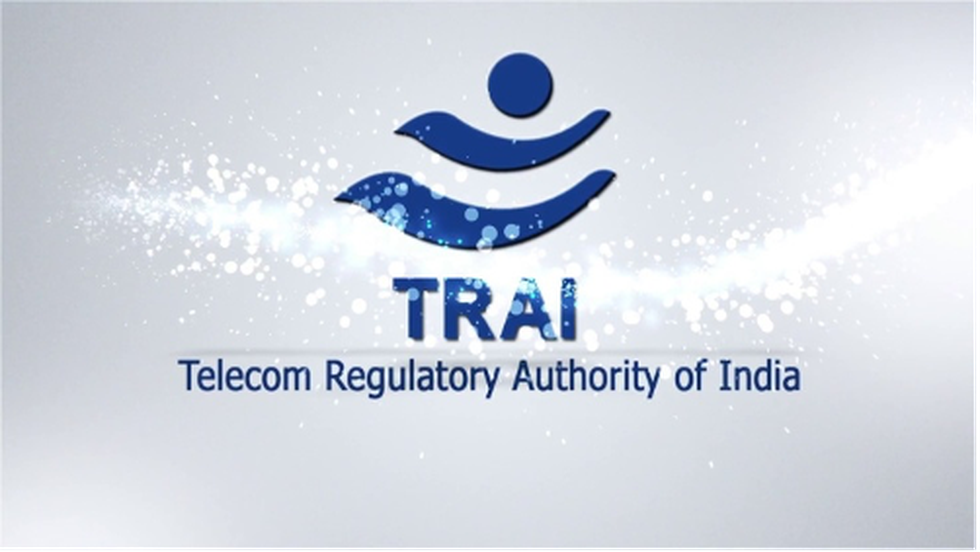
About Telecom Regulatory Authority of India (TRAI):
- It is a regulatory body set up by the Government of India under section 3 of the Telecom Regulatory Authority of India Act, 1997.
- It is the regulator of the telecommunications sectorin India.
- Composition:
- It consists of a Chairperson and not more than two full-time members, and not more than two part-time members.
- The chairperson and the members of TRAI are appointed by the Central Government, and the duration for which they can hold their office is three years or until they attain the age of 65 years, whichever is earlier.
- Government Control over TRAI:
- TRAI is not a completely independent telecom regulator.
- Under section 25 of the Act, it has the power to issue directions which are binding on TRAI.
- The TRAI is also funded by the Central Government.
- Functions:
- Making recommendations on various issues;
- General administrative and regulatory functions;
- Fixing tariffs and rates for telecom services; and
- Any other functions entrusted by the Central Government.
- The recommendations made by the TRAI are not binding on the Central Government.
- Central Government has to mandatorily ask for recommendations from TRAI with respect to the need and timing of new service providers and the terms and conditions of the licence to be granted to the service provider.
- TRAI also has the power to notify in the official gazette the rates at which telecommunication services are being provided in and outside India.
- The TRAI Act was amended in 2000, establishing a Telecom Disputes Settlement and Appellate Tribunal (TDSAT).
Telecom Disputes Settlement and Appellate Tribunal (TDSAT):
- It was set up to adjudicate any dispute between a licensor and a licensee, between two or more service providers, between a service provider and a group of consumers, and to hear and dispose of appeals against any direction, decision or order of TRAI.
- Composition:
- The Tribunal consists of a Chairperson and two Members appointed by the Central Government.
- The Chairperson should be or should have been a Judge of the Supreme Court or the Chief Justice of a High Court.
- A Member should have held the post of Secretary to the Government of India or any equivalent post in the Central Government or the State Government for a period of not less than two years or a person who is well versed in the field of technology, telecommunication, industry, commerce or administration.
2. National Green Hydrogen Mission
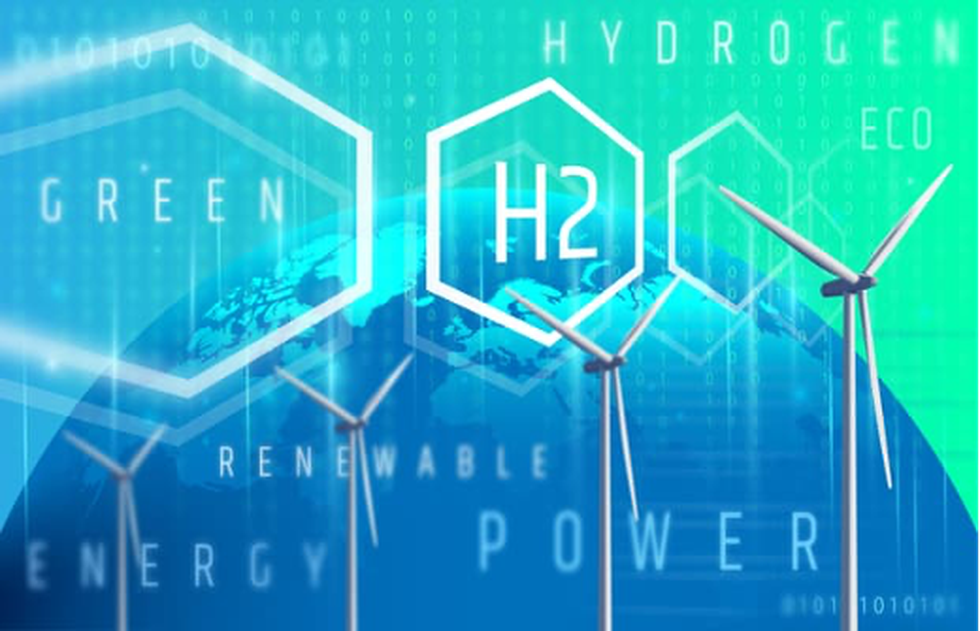
About National Green Hydrogen Mission:
- It was approved by the Union Cabinet on 4 January 2022.
- Aim: To make India a Global Hub for the production, utilization and export of Green Hydrogen and its derivatives.
- The mission outcomes projected by 2030 are:
- Development of green hydrogen production capacity of at least 5 MMT (Million Metric Tonnes) per annum with an associated renewable energy capacity addition of about 125 GW in the country;
- Over Rs. Eight lakh crore in total investments;
- Creation of over Six lakh jobs;
- Cumulative reduction in fossil fuel imports over Rs. One lakh crore;
- Abatement of nearly 50 MMT of annual greenhouse gas emissions;
Types of Hydrogen based on Extraction Methods:
- Grey Hydrogen: It is produced via coal or lignite gasification (black or brown), or via a process called steam methane reformation (SMR) of natural gas or methane (grey). These tend to be mostly carbon-intensive processes.
- Blue Hydrogen: It is produced via natural gas or coal gasification combined with carbon capture storage (CCS) or carbon capture use (CCU) technologies to reduce carbon emissions.
- Green Hydrogen: It is produced using electrolysis of water with electricity generated by renewable energy. The carbon intensity ultimately depends on the carbon neutrality of the source of electricity (i.e., the more renewable energy there is in the electricity fuel mix, the "greener" the hydrogen produced).
3. What is Insomnia?
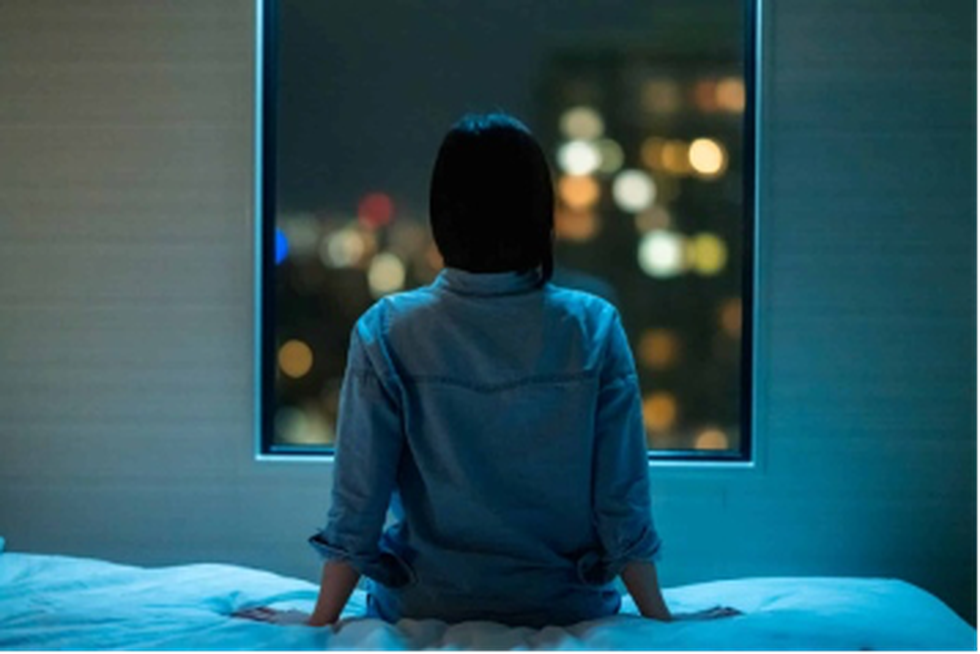
About Insomnia:
- What is it? It is a common sleep disorder that can make it hard to fall asleep, hard to stay asleep or cause you to wake up too early and not be able to get back to sleep.
- The condition can be short-term (acute) or can last a long time (chronic). It may also come and go.
- Acute insomnia lasts from 1 night to a few weeks. Insomnia is chronic when it happens at least 3 nights a week for 3 months or more.
- It affects women more than men and older people more than younger ones.
- Insomnia may play a role in the development of chronic diseases, such as: obesity, diabetes, cardiovascular disease, depression.
- Types of Insomnia:
- Primary insomnia: This means your sleep problems aren’t linked to any other health condition or problem.
- Secondary insomnia: This means you havetrouble sleeping because of a health condition (like asthma, depression, arthritis, cancer, or heartburn); pain; medication; or substance use (like alcohol).
- Causes:
- Stress-related to big life events, like a job loss or change, the death of a loved one etc.
- Things around you, like noise, light, or temperature
- Changes to your sleep schedule like jet lag, a new shift at work, or bad habits you picked up when you had other sleep problems.
4. Achanakmar Tiger Reserve
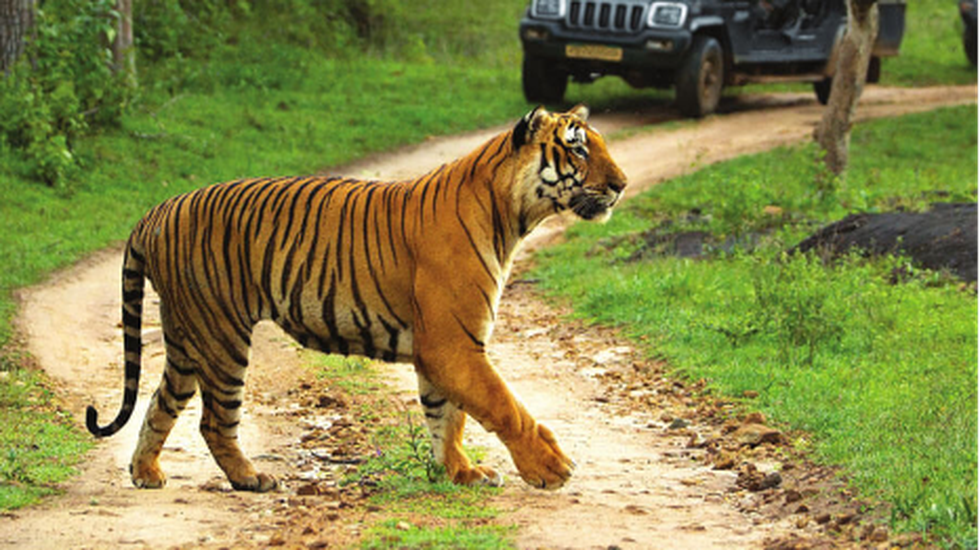
About Achanakmar Tiger Reserve:
- Location: It is located in the Bilaspur district of Chhattisgarh.
- It was declared a tiger reserve in 2009.
- It is a part of the huge Achanakmar-Amarkantak Biosphere Reserve.
- Maniyari River flows right from the centre of this reserve, which is the forest's lifeline.
- It has a corridor connecting to Kanha and Bandhavgarh Tiger reserves and plays a critical role in the dispersal of tigers among these reserves.
- Vegetation: Tropical deciduous forest.
- Flora: Sal, bija, saja, haldu, teak, tinsa, dhawara, lendia, khamar and bamboo bloom here along with over 600 species of medicinal plants.
- Fauna: Wild fauna includes the tiger, leopard, bison, flying squirrel, Indian giant squirrel, chinkara, wild dog, hyena, sambar, chital and over 150 species of birds.
5. International Civil Aviation Organisation (ICAO)
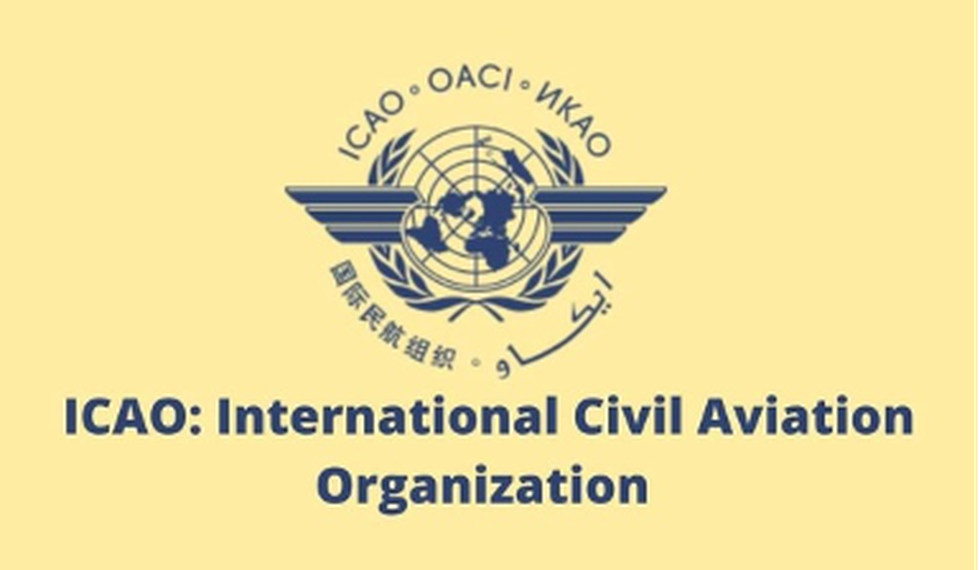
About International Civil Aviation Organisation (ICAO):
- ICAO is an intergovernmental specialized agency associated with the United Nations (UN).
- It was established in 1947 by the Convention on International Civil Aviation (1944) known as Chicago Convention.
- Headquarters: Montreal, Canada
- Functions:
- ICAO is dedicated to developing safe and efficient international air transport for peaceful purposes and ensuring a reasonable opportunity for every state to operate international airlines.
- It sets standards and regulations necessary for aviation safety, security and facilitation, efficiency, and economic development of air transport as well as to improve the environmental performance of aviation.
- It also serves as a clearinghouse for cooperation and discussion on civil aviation issues among its 193 member states.
- It also promotes regional and international agreements aimed at liberalizing aviation markets.
- It helps to establish legal standards to ensure that the growth of aviation does not compromise safety, and encourages the development of other aspects of international aviation law.
What is Carbon Offsetting and Reduction Scheme for International Aviation (CORSIA)?
- It is a global market-based measure designed to offset international aviation CO2 emissions in order to stabilize the levels of such emissions.
- Offsetting of CO2 emissions will be achieved through the acquisition and cancellation of emissions units from the global carbon market by aeroplane operators.
- It does not apply to domestic aviation. Under it, aircraft operators will begin monitoring their emissions from international flights and begin acquiring offsets for their emissions growth.
6. Unified Logistics Interface Platform (ULIP)
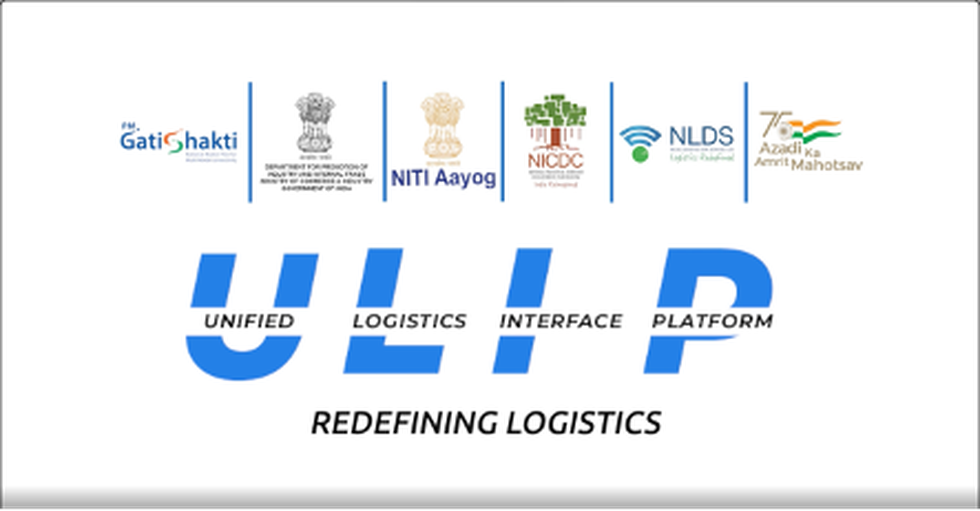
About Unified Logistics Interface Platform:
- It was launched in 2022 as a part of the ‘National Logistics Policy (NLP)’.
- It is designed for enhancing efficiency and reducing the cost of logistics in India by creating a transparent, single-window platform to provide real-time information to all stakeholders.
- It was emphasized that the solution should have visibility of multi-modal transport and all the existing systems should be integrated with the ULIP system to create a National Single Window Logistics Portal.
- It will provide real-time monitoring of cargo movement and ensure the confidentiality of data with end-to-end encryption.
- There are three key components of this platform namely
- Integration with existing data sources of ministries
- Data exchange with private players
- Unified document reference in the supply chain
7. Front running in Trading

About Front Running in Trading:
- What is it? It is an illegal practice in the stock market where an entity trades based on advanced information from a broker or analyst before the information has been made available to its clients.
- It is illegal in India.
- The strategies commonly used to front-run trades are Buy-Buy-Sell (BBS) trading pattern and the Sell-Sell-Buy (SSB) trading pattern.
What is Buy-Buy-Sell (BBS) trading pattern?
- In this trade pattern, the alleged front-runner by using the non-public information regarding an impending buy order of the big client places his buy order before the big client's buy order.
- As and when the big client places a buy order, the price of the security rises and the alleged front-runner sells the securities bought earlier.
- In this way, at the raised price the alleged front-runner makes a profit.
What is the Sell-Sell-Buy (SSB) trading pattern?
- In this trading pattern, the alleged front-runner by using the non-public information regarding an impending sell order of the big client places his sell orders before the big client's sell order.
When the big client places a sell order the price of the security falls which allows the alleged front-runner to buy back the securities at a lower price to meet his obligations which he had created earlier by selling securities.
8. Bihan Mela
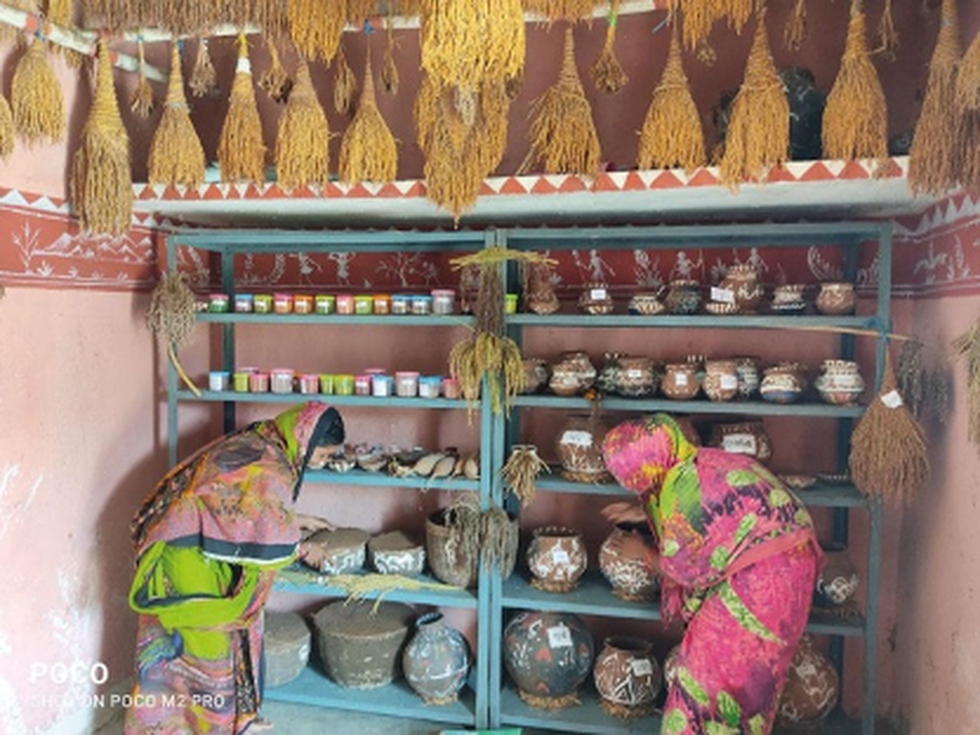
About Bihan Mela:
- It is known as the seed festival and the event is participated by the farmers.
- Preparations begin as soon as farmers have harvested Kharif crops, which include both hybrid and indigenous varieties of paddy, millets, maize and sorghum.
- Women are at the helm of this festival and carefully collect seeds of the indigenous varieties and store them in earthen pots.
- On a designated day in December, they decorate the pots with red and white motifs, place them in a bamboo basket and carry it on their head to the village where the fair is being organised.
- This was introduced to help farmers return to their traditional ways of farming like mixed cropping.
Key facts about the Kondh tribe
- They are a tribal group found in the hills and jungles of Orissa in eastern India.
- They fall into two broad divisions.
- The Hill or Maliah Konds, who are numerically the dominant group, inhabit the interior uplands and have retained much of their original tribal culture.
- The Plains Konds have had extended contact with the Oriya-speaking peoples of the lowlands and have adopted many aspects of Hindu religion and culture.
- They have several sub-tribes, for instance, the Dongria, Kovi, Kuttia, Languli, Penga, and Jharnia. Raj Konds etc.
- These tribal people speak languages called Kui and Kuvi.
- These belong to the Dravidian language family and have strong similarities to Telugu, Tamil, and Kannada.
- The language has no script of its own, with the Oriya script used for writing Kui, and the Telugu script used for Kuvi.
9. Psychedelics
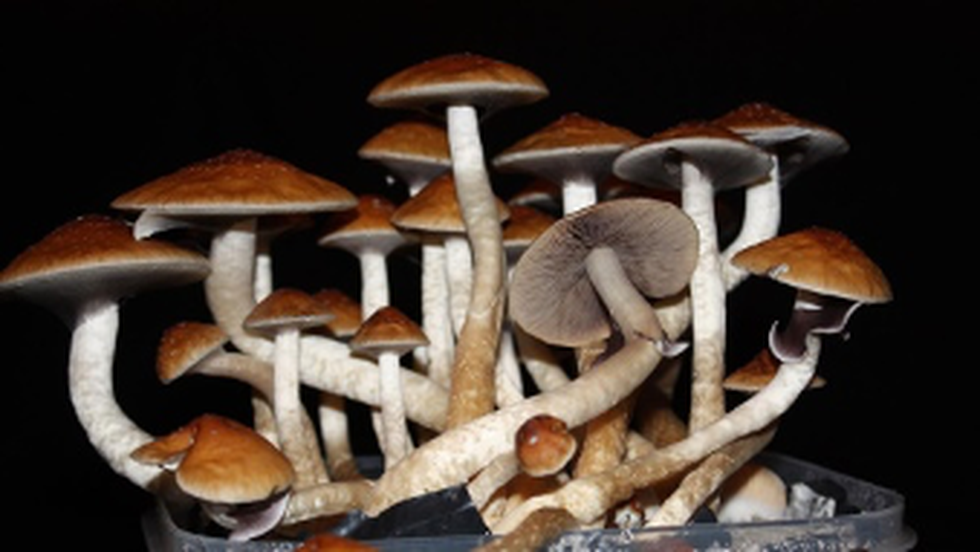
About Psychedelics:
- What are these? These are a group of drugs that alter perception, mood, and thought processing while a person is still clearly conscious.
- These are non-addictive and non-toxic.
- The two most commonly used psychedelics are d-lysergic acid diethylamide (LSD) and
- In India, the Narcotic Drugs and Psychotropic Substances Act 1985 prohibit the use of psychedelic substances.
- Ketamine a dissociative anaesthetic with psychedelic properties is used under strict medical supervision for anaesthesia and to treat treatment-resistant depression.
Key Facts about the Narcotic Drugs and Psychotropic Substances Act 1985
- It was enacted in 1985 and deals with drugs and their trafficking in the country.
- The act has since been amended thrice in 1988, 2001, and 2014.
- It was passed to meet India's global treaty obligations under the Single Convention on Narcotic Drugs, Convention on Psychotropic Substances and United Nations Convention against Illicit Traffic in Narcotic Drugs and Psychotropic Substances.
- The Act prohibits the production, manufacture, sale, purchase, transportation & consumption of many narcotic drugs or psychotropic substances, including cannabis, heroin, opium etc. The law, however, does not apply to bhang.
- Anyone who violates the NDPS Act faces punishment based on the quantity of the banned substance.
- The maximum punishment that can be given under this Act is the death penalty. However, the death penalty can only be given to repeat offenders, at the discretion of a judge.
- It allows courts to release an addict for treatment if found guilty of consumption of drugs.
Narcotics Control Bureau
- It works under the Union Ministry of Home Affairs.
- The agency is tasked with coordinating with state governments and other authorities, under NDPS Act, Customs Act, Drugs and Cosmetics Act and any other law, for the enforcement of provisions of the NDPS Act.
10. Fabry Disease
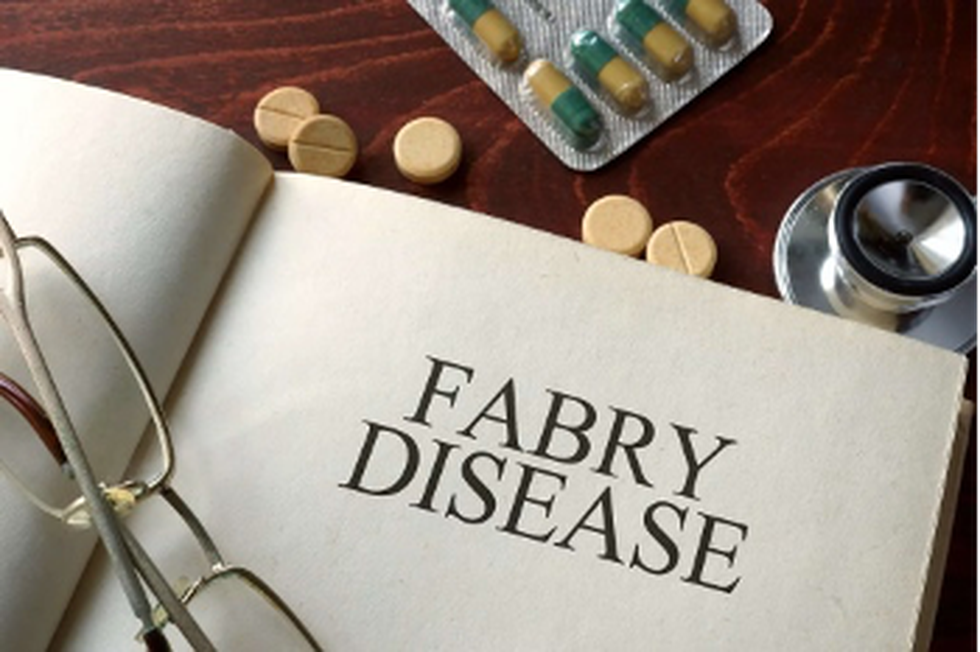
About Fabry Disease:
- It is a rare inherited disorder of glycosphingolipid (fat) metabolism resulting from the absent or markedly deficient activity of the lysosomal enzyme, alpha-galactosidase A (α-Gal A).
- It belongs to a group of diseases known as lysosomal storage disorders.
- This enzymatic deficiency is caused by alterations (mutations) in the α-galactosidase A (GLA) gene that instructs cells to make the α-galactosidase A (α-Gal A) enzyme.
- Lysosomes function as the primary digestive tract of cells.
- Symptoms: Numbness, tingling, burning or pain in the hands or feet, extreme pain during physical activity and heat or cold intolerance etc.
- The types of Fabry disease
- Classic type:Symptoms of this type appears during childhood or the teenage years. It may be noticeable as early as age two.
- Late-onset/atypical type: People with late-onset Fabry disease don’t have symptoms until they’re in their 30s or older.
- The first indication of a problem may be kidney failure or heart disease.
- Treatment: The patients are treated by intravenously administered enzyme replacement therapy (ERT) or Oral Chaperone Therapy
What are Lysosomes?
- These are simple tiny spherical sac-like structures present in the cytoplasm.
- These are membrane-enclosed organelles that contain an array of enzymes capable of breaking down all types of biological polymers—proteins, nucleic acids, carbohydrates, and lipids.
- These function as the digestive system of the cell, serving both to degrade material taken up from outside the cell and to digest obsolete components of the cell itself.





























































































































































.png)
.png)
.png)
.png)
.png)


.png)
.png)
.png)





.png)
.png)






.png)
.png)
.png)
.png)
.png)
.png)
.png)
.png)
.png)

.png)







.png)
.png)


.png)
.png)
.png)


.png)

.png)
.png)





.jpg)

.png)
.png)


.png)

.png)
.png)
.png)

.jpg)

.jpg)


.png)

.png)
.png)
.png)
.png)
.png)
.png)
.png)
.png)
.png)
.png)




.png)

.png)





.png)
.png)
.png)
.png)
.png)
.png)
.png)
.png)
.png)
.png)
.jpg)
.jpg)

.png)
.png)
.png)
.png)
.png)
.png)
.png)
.png)
.png)
.png)
.png)
.png)
.png)
.png)
.png)
.png)
.png)
.png)
.png)
.png)
.png)
.png)



.png)
.png)

.jpg)
.jpg)


.jpg)
.jpg)
.jpg)
.jpg)
.jpg)

.jpg)





.jpg)
.jpg)
.jpg)
.jpg)
.jpg)

















.jpg)
.jpg)







.jpg)


















.jpg)
.jpg)






























































































.jpg)
.jpg)


























.jpg)

.jpg)










.jpg)








.jpg)




.jpg)










.jpg)


















.jpg)












































.jpg)














.jpg)
.jpg)
.jpg)





.jpg)

.jpg)
.jpg)





































































.jpg)


































.jpg)
.jpg)
















































.jpg)












.jpg)


.jpg)




.jpg)
.jpg)
.jpg)

.jpg)
.jpg)
.jpg)
.jpg)

.jpg)
.jpg)
.jpg)

.jpg)
.jpg)
.jpg)
.jpg)
.jpg)
.jpg)
.jpg)
.jpg)

.jpg)


.jpg)
.jpg)
.jpg)
.jpg)
.jpg)
.jpg)
.jpg)
.jpg)
.jpg)
.jpg)











.jpg)
.jpg)





.jpg)
.jpg)
.jpg)
























.jpg)
























.jpg)









.jpg)
.jpg)







.jpg)
.jpg)









































.jpg)
.jpg)
.jpg)
.jpg)
.jpg)

.jpg)
.jpg)
.jpg)
.jpg)
.jpg)


.jpg)
.jpg)
.jpg)
.jpg)
.jpg)

.jpg)
.jpg)
.jpg)
.jpg)
.jpg)
.jpg)
.jpg)
.jpg)
.jpg)
.jpg)
.png)

.png)
.png)

.png)
.png)
.png)
.png)


.jpg)
.jpg)

.jpg)
.jpg)
.jpg)

.png)
.png)
.png)
.png)
.png)
.png)
.png)

.png)
.png)
.png)
.png)
.png)
.png)
.png)
.png)
.png)
.png)





































































-min.png)



.png)




.png)








































